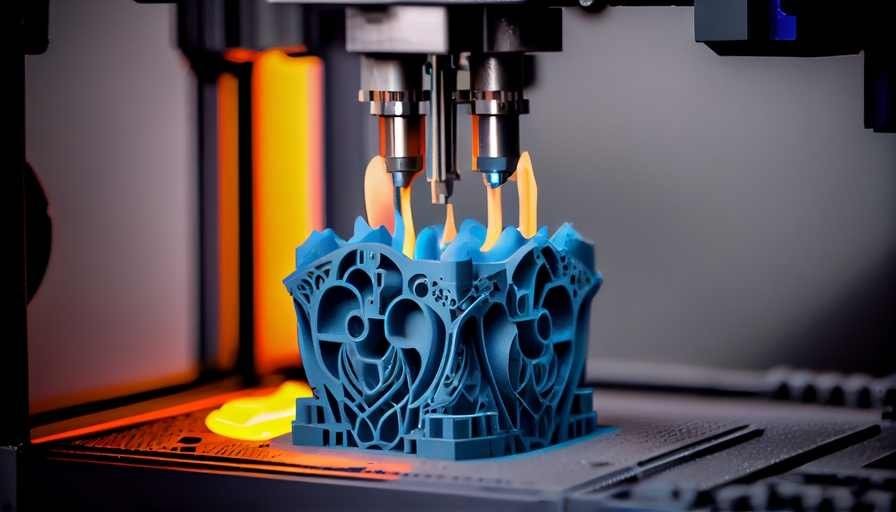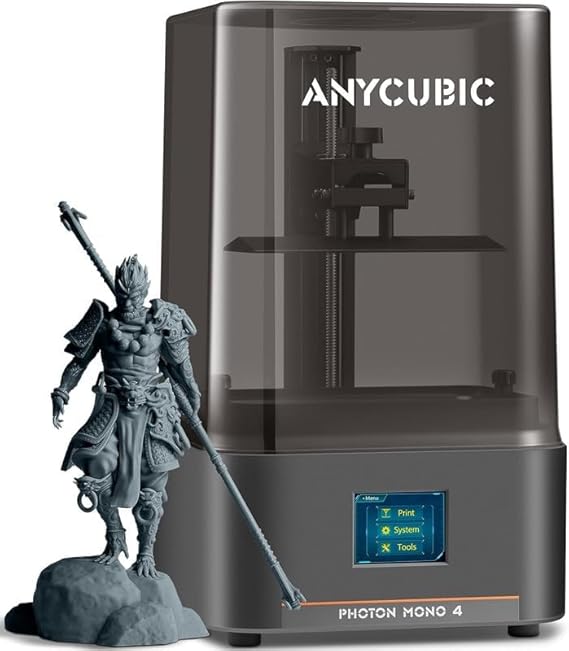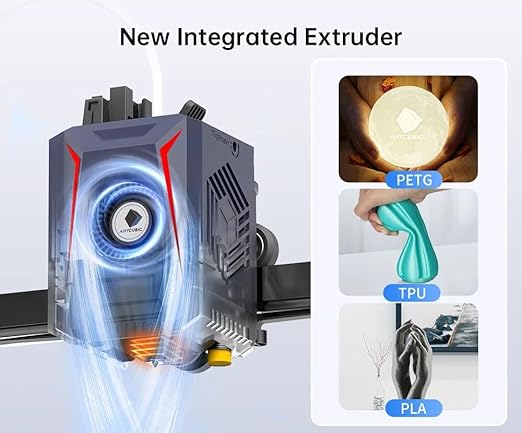Why 3D Printing Won’t Fully Replace Traditional Manufacturing
1. Production Speed and Scalability
One of the primary limitations of 3D printing is its production speed. While 3D printing is excellent for prototyping and producing small batches of highly customized items, it cannot yet match the speed and scalability of traditional manufacturing processes like injection molding, CNC machining, or stamping when it comes to mass production.
In traditional manufacturing, once molds or machinery are set up, the production of thousands or even millions of identical products can happen quickly and efficiently. In contrast, 3D printing typically works on an additive process that builds objects layer by layer, which is slower and less suited for high-volume production.
2. Material Limitations
While 3D printing materials are rapidly evolving, there are still limitations in the types of materials that can be used. Traditional manufacturing methods offer a wider range of material options, including metals, plastics, ceramics, and composites, each suited to specific applications.
For example, metal injection molding can produce incredibly strong, heat-resistant parts at a fraction of the cost of 3D printing metal parts. While metal 3D printing is gaining momentum, it is still expensive and limited by material performance when compared to traditional methods.
3. Cost Efficiency
Traditional manufacturing is highly cost-efficient for mass production. While 3D printing has lower upfront costs, especially for custom or low-volume production, the per-unit cost in high-volume manufacturing is far higher for 3D printing than for traditional processes.
For instance, once an injection mold is created, the cost of producing each unit becomes marginal, making it the ideal choice for large production runs. In contrast, 3D printing tends to have a relatively fixed cost per part, meaning that large-scale manufacturing would not see the same reduction in costs.
4. Part Strength and Durability
In many cases, the strength and durability of parts produced using traditional manufacturing methods far exceed those made by 3D printing. While advances are being made in 3D-printed metals and composites, traditional methods like forging, casting, and extrusion produce parts that are generally stronger and more durable for structural or load-bearing applications.
This is particularly important in industries like aerospace, automotive, and construction, where part performance can directly impact safety and reliability. Until 3D printing materials can match the strength and performance of traditionally manufactured parts, it will remain a complementary technology rather than a replacement.
How 3D Printing Will Complement Traditional Manufacturing
Rather than replacing traditional manufacturing methods, 3D printing will augment and improve them in a variety of ways, creating a hybrid approach that leverages the strengths of both technologies.
1. Prototyping and Design Iteration
One area where 3D printing has already revolutionized manufacturing is rapid prototyping. In the past, creating a prototype would involve creating expensive molds or machining parts, which could take weeks or months. Now, with 3D printing, engineers can print prototypes in a matter of hours or days, allowing for faster iteration and product development.
This leads to improved designs, better customization, and a significant reduction in the time it takes to bring a product from concept to market.
2. Tooling and Fixtures
Another application where 3D printing shines is in the production of custom tools, jigs, and fixtures that are used to streamline traditional manufacturing processes. Custom tooling can be 3D-printed quickly and affordably, allowing manufacturers to adapt more easily to complex tasks and improve their production efficiency.
By using 3D printing for tooling, traditional manufacturers can reduce downtime and costs associated with creating new tools for specific production runs.
3. Customization and On-Demand Manufacturing
While traditional manufacturing excels at mass production, 3D printing allows for mass customization. Products can be tailored to individual consumer needs, such as custom-fit shoes, personalized medical devices, or bespoke electronics, without the need for expensive retooling.
Moreover, 3D printing enables on-demand production, which reduces the need for inventory and minimizes waste. This is particularly valuable in industries where demand is unpredictable, or where customization adds value, such as healthcare, fashion, and consumer goods.
4. Sustainability and Waste Reduction
One of the most significant benefits of 3D printing is its ability to reduce waste. Traditional subtractive manufacturing processes, such as milling or machining, involve cutting away material from a larger block, resulting in wasted material. In contrast, 3D printing uses only the material needed to create a part, leading to a more sustainable approach to production.
As companies strive to meet sustainability goals and reduce their environmental impact, 3D printing will play a key role in greening the manufacturing industry.















